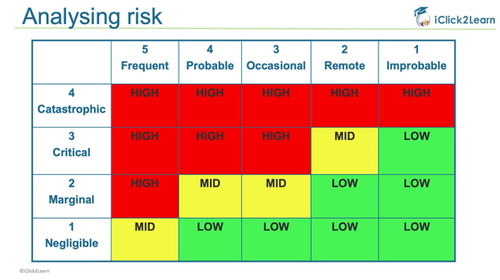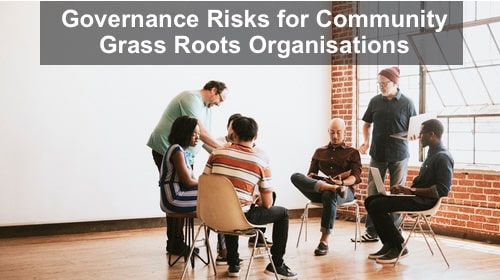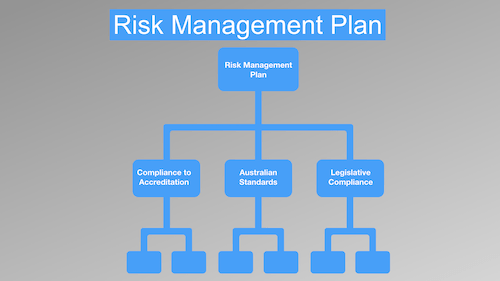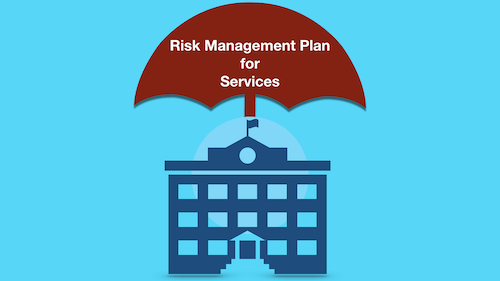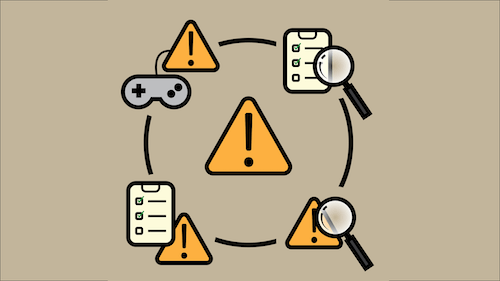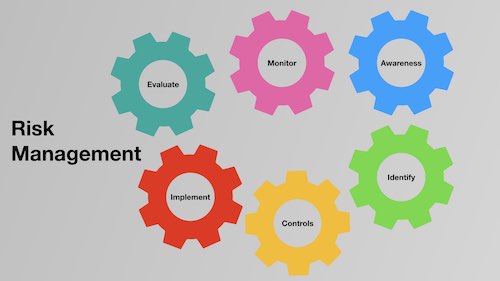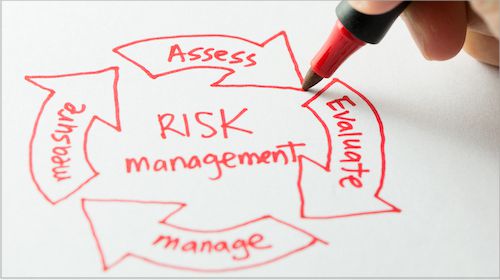Event Risk Management for Charities and Not-For-Profits
Is your organisation planning an event? If so, it is essential to identify and manage the risks. Event management helps you prepare.
Authored by: iClick2Learn Team
Translate Text
Event Risk Management
Event risk management is a process your charity or not-for-profit can use to manage your exposure to liabilities. By identifying event risks beforehand, your charity can prevent or reduce them.
First, what is event risk management?
Event risk management is:
- Increasing your chances of success
- Preventing loss
- A structured and calculated approach to risks
- Leaders achieving their goals without fear of legal action
Event risk management is not:
- Simply avoiding legal action
- About stifling creativity or innovation
- Avoiding all calculated risks
- Excessive bureaucracy
A Risk Management Framework
Establishing an event risk management framework is essential for your charity. A successful risk management framework includes in-depth knowledge of your organisation, its goals, and its activities.
Not all potential event risks are significant, but some can cause liability. For this reason, ranking potential risks is recommended. You can classify the likelihood of a risk as:
Very Likely – the event is expected to occur in most circumstances
Possible – the event should happen at some time
Unlikely – the event could happen at some time
Rare – the event may happen under exceptional circumstances
You can also rank risks based on their likely impact. For example, you can determine whether a risk’s consequence might be low, medium, high, or very high.
Once you prioritize your event’s risks, you can develop a risk management strategy. Risk management strategies are written policies approved at the board level. Standard methods include risk avoidance and risk control.
Use this template to create a new risk management plan for every event you run.
Risk avoidance: In which your charity decides to avoid the risk altogether
Risk control: In which your organisation continues with the event creating the risk but manages the risk. Hence, it is less likely and/or less damaging.
Risk Management Checklists
Pre-Event Risk Management Checklist
- Make sure your location and dates do not clash with other events
- Check that all events comply with council or city By-Laws
- Make sure your event and activities comply with relevant regulations and legislation
- Have an event cancellation plan in place
- Ensure the proper insurances are in place and the event is declared
Event Risk Management Checklist
- Assign the people in charge of the event and the people supporting them
- Make sure all key roles are clearly assigned
- Have efficient communication procedures in place
- Carry out an Event Risk Assessment
- Create a Bump-In Plan (set up)
- Create a Bump-Out Plan (pack up)
- Establish who is in charge of accidents/emergencies
- Complete safety training
- Train and brief all volunteers
- Work Health and Safety Inspection
- Maintain a record of all contractors
- Have a cash handling policy
- Have relevant licenses in place
Event Risk Management: Conclusion
Not all risks can be avoided. But an event risk management strategy helps your charity minimize risks to prevent or reduce damage.
A risk management checklist helps your organisation hold successful events that accomplish its aims Risk management is neither cynical nor bureaucratic. Instead, it is an essential process that empowers your charity to continue its excellent work.



